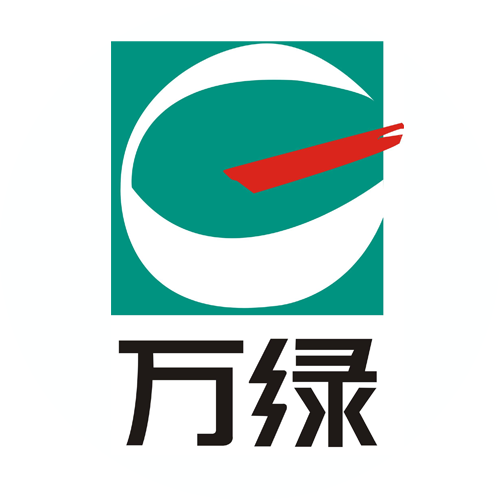人体摄入胶原蛋白肽后,被消化成各氨基酸再被吸收。这些氨基酸会被身体用来合成各种蛋白质,其中也包括胶原蛋白。一般而言,胶原蛋白含有比普通蛋白质多的 甘氨酸/脯氨酸/羟脯氨酸。尤其羟脯氨酸是很特别的,其他蛋白质基本不含这种氨基 酸。想要合成胶原蛋白,就要有足够原料。即使有了充足的原料,胶原蛋白的合成也不能完全被保证。这时,如果有一个“工具”可以“牵引”这些原料氨基酸合成胶原 蛋白,人们想要美容的目的就有更高的机会达到了。这个“牵引”就是芦荟凝胶。
芦荟凝胶主要通过四个方向发挥其作用:
1. 芦荟凝胶促进胶原蛋白合成场所的建立。纤维细胞越多,胶原蛋白合成的几率越 多。[3][5][7]
2. 芦荟凝胶促进成纤维细胞I型/III型胶原mRNA的表达。从根源上牵引胶原蛋白形 成。[1][2][6][8]
3. 芦荟凝胶促进透明质酸的形成,从而延缓皮肤衰老。这是单独补充胶原蛋白不能 达到的效果。[4][5]
4. 芦荟凝胶促进羟脯氨酸的分泌,这是一种胶原蛋白特有的氨基酸。也就是说,摄 入的胶原蛋白肽的量可以相对减少一些,成本也就低一些。其他两个原料(甘氨酸和脯氨酸)可以从一般食物中获取。[4][5]
【参考文献】
1. Chithra, P., Sajithlal, G. & Chandrakasan, G. Mol Cell Biochem.1998.Influence of Aloe vera on collagen characteristics in healing dermal wounds in rats.1998. 181: 71.
2. Cho S, Lee S, Lee MJ, Lee DH, Won CH, Kim SM, Chung JH.Dietary Aloe Vera Supplementation Improves Facial Wrinkles and Elasticity and It Increases the Type I Procollagen Gene Expression in Human Skin in vivo.Ann Dermatol. 2009 Feb;21(1):6-11.
3. Subramanian S, Kumar - DS Asian J Biochem. Wound healing potential of Aloe vera leaf gel studied in experimental rabbits.2006
4. Surjushe A., Vasani R., Saple D.G. Aloe vera: A short review. Indian J. Dermatol. 2008;53:163–166.
5. Maharjan H. Radha, Nampoothiri P. Laxmipriya. Evaluation of biological properties and clinical effectiveness of Aloevera:Asystematic review. Journal of Traditional and Complementary Medicine,Volume 5, Issue 1,2015, 21-26
6. Hashemi S.A., Madani S.A., Abediankenari S. The review on properties of Aloe vera in healing of cutaneous wounds. BioMed. Res. Int. 2015;2015.
7. Yao H., Chen Y., Li S., Huang L., Chen W., Lin X. Promotion proliferation effect of a
polysaccharide from aloe barbadensis miller on human fibroblasts in vitro. Int. J. Biol. Macromol. 2009;45:152–156.
8.Salehi B., Albayrak S., Antolak H., Kręgiel D., Pawlikowska E., Sharifi-Rad M., Uprety Y., Tsouh Fokou P., Yousef Z., Amiruddin Zakaria Z., et al. Aloe Genus Plants: From Farm to Food Applications and Phytopharmacotherapy. Int. J. Mol. Sci. 2018;19:2843.



 滇公网安备 53042802000022号
滇公网安备 53042802000022号